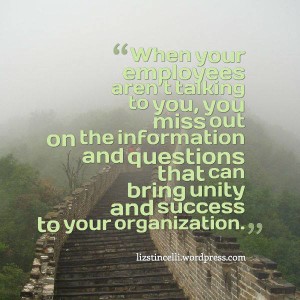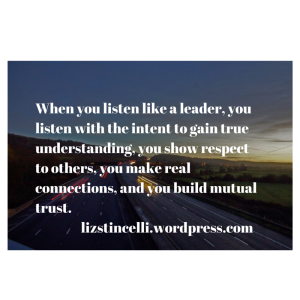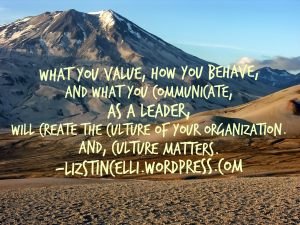“Strength lies in differences, not similarities.” —Stephen Covey
By Elizabeth Stincelli, DM
Diversity
How do you come up with new ideas and solutions to problems? How do you make sure your thinking is representative of the real world? You bring diversity to the table, that’s how. There is so much value in bringing people with diverse experience, backgrounds, and perspectives to any situation. If you want to optimize your problem-solving; ability to challenge the status quo; adaptability; and perception of inclusion, build respect for diversity into your core values.
Problem-solving
Don Tapscott said, “Learning to collaborate is part of equipping yourself for effectiveness, problem-solving, innovation, and life-long learning in and ever-changing, networked economy.” When you learn to collaborate with others who DO NOT share your same perspective, you dramatically increase the odds of finding innovative solutions to problems. Diversity promotes creativity and opens the door to a world of new questions. It encourages healthy debate which leads to better decisions. It provides a new point-of-view from which to examine and tackle problems.
Status quo
Ronald Reagan quipped, “Status quo, you know, is Latin for ‘the mess we’re in’.” Diversity supports disruptive ideas and, disruptive ideas can be good. Some of the best ideas come when you disrupt the status quo. When you continually turn to those who share your same background and experiences, you get the same perspective and thus, the same results. Continually turning to the same perspective just reinforces the status quo. Diversity challenges and pushes back against this stagnation. If you want the best future, it needs to look different from the past. This requires embracing diversity, considering new points-of-view, and challenging the status quo.
Adaptability
According Marc Andreessen, “Adaptability is key.” Having diversity at the table is a significant factor in your organization’s ability to innovate and adapt to today’s fast changing operating environment. Adaptability has always been, and always will be essential to continued growth and prosperity. Diversity breeds innovation and adaptability which breed success. It brings with it a deeper level of understanding, experience, competencies, philosophies, and perspectives. Chances are that your customers are diverse and becoming more diverse every day. Bringing diversity to the table helps ensure that your thinking reflects the real world so you will be able to adapt as necessary and thrive.
Inclusion
Gary Hamel explained, “Today, no leader can afford to be indifferent to the challenge of engaging employees in the work of creating the future. Engagement may have been optional in the past, but it’s pretty much the whole game today.” Your workforce is diverse, and every employee needs a sense of inclusion. You need to ensure that the people who are going to be affected by decisions and will have the responsibility for implementation have a voice. If you are not intentionally including diversity, you are unintentionally excluding it. Inclusion removes perceived barriers and empowers employees. It increases buy-in and builds relationships. These relationships are the vehicle with which you get anything done as a leader.
Reap the Benefits
Albert Einstein believed, “We cannot solve our problems with the same thinking we used when we created them.” As great of an asset as your experience, knowledge, and background may be, these assets cause you to have biases, blinders, and a focus from one perspective. Bringing diversity to the table improves problem-solving, challenging of the status quo, adaptability, and inclusion. Learn to embrace diversity and you will reap the benefits.
How can you start bringing diversity to the table today?
© 2015 Elizabeth Stincelli
Elizabeth Stincelli is passionate about recognizing and inspiring the leader in each of us. She is the CEO of Stincelli Advisors where she focuses on helping organizations engage employees and improve organizational culture. Elizabeth holds a Doctor of Management degree with an emphasis on organizational leadership.
Learn more about Elizabeth by visiting her website, stincelliadvisors.com and connect with her on Twitter @infinitestin, Google+, and LinkedIn. You can contact her by email at stincelliadvisors@gmail.com.










